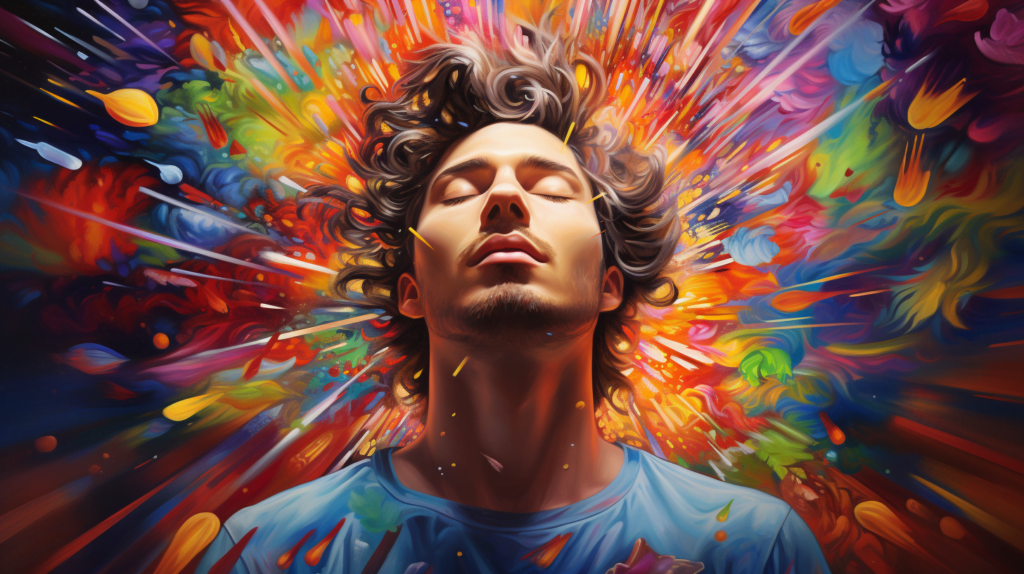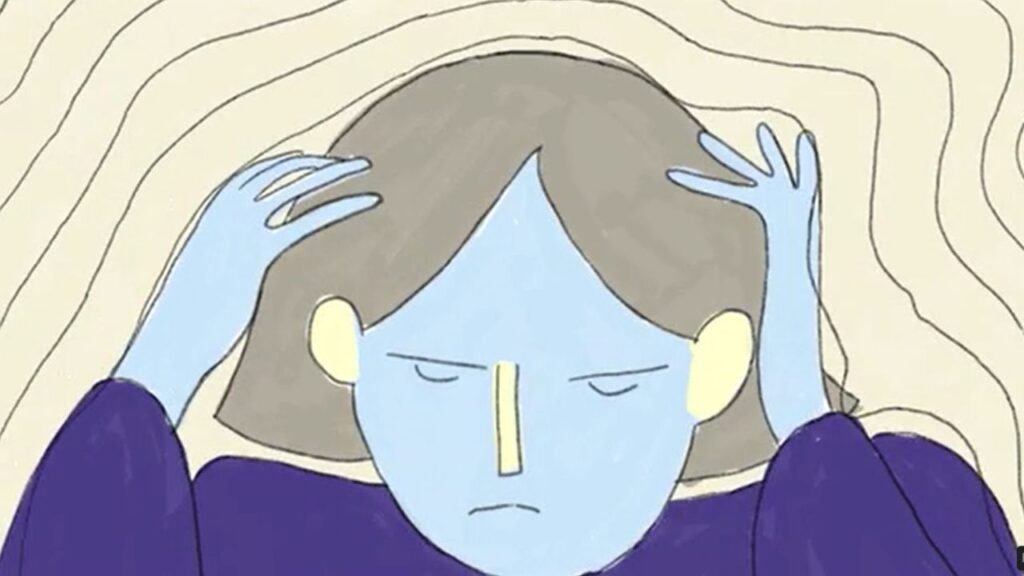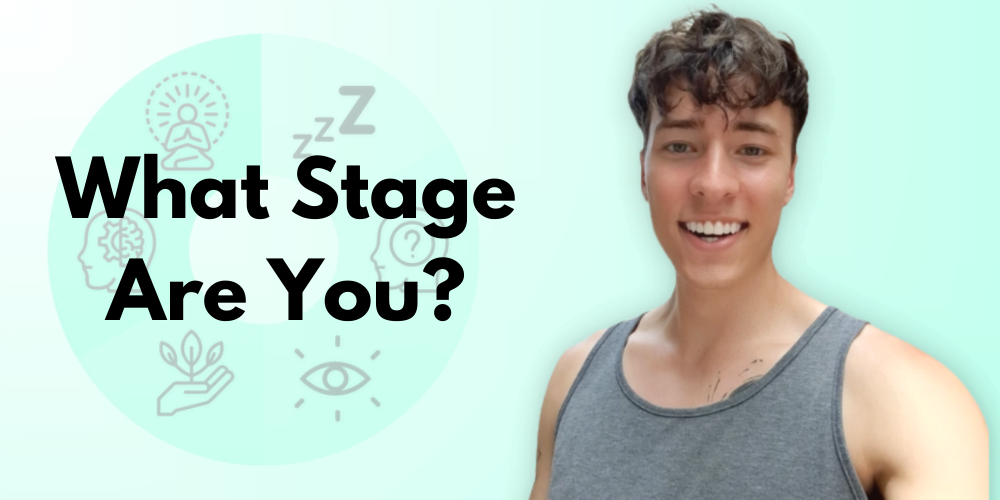Why Is My Heart Racing During Meditation?
If you’ve experienced a racing heartbeat during meditation you know it’s not very pleasant. It can even be a bit of a scary experience. Why does this happen and can you even stop it? The truth is your heart might be racing for several reasons during meditation. One is that you’re simply becoming aware of your heartbeat during mindful practice which can be a jarring experience. You might also be experiencing some anxiety which could be speeding up your heartrate. It’s also possible that your body is tapping into a divine energy known as Kundalini, though this is not the most likely reason. Whichever of these you’re experiencing, none of them are dangerous or need to be worried about. You’re becoming aware of your heartbeat You might simply be raising your awareness enough to start truly feeling your heartbeat for the first time. If you’ve never really slowed down enough to feel your powerful heart pumping blood it can be a jarring experience. The fact may be that your heart isn’t actually speeding up, but your awareness is just becoming deep enough to notice the heart beating very intensely. This can then actually cause anxiety which then leads to your heart racing more. Meditation may be causing you anxiety This probably sounds counterintuitive, but sometimes meditation can actually cause anxiety. Meditation can cause us to see a lot of anxiety inducing things about ourselves. You might be experiencing meditation anxiety. Maybe feeling your heartbeat itself is anxiety inducing which is causing thoughts of your own mortality and the thought “this is the only thing keeping me alive”. That’s a powerful thought which can lead to a fear response in the body. This can lead to a cyclical effect where feeling your heartbeat creates a fear response which then releases adrenaline which causes an even higher heart rate. Kundalini can cause a racing heartbeat Though unlikely you may also be experiencing a release of Kundalini energy. Kundalini is a powerful divine energy that resides in the body which can be triggered by practices like deep meditation. The symptoms of Kundalini being awakened in the body include racing heart, body shakes, feeling energy shooting up the body. What can you do about a racing heart during meditation? There are a couple approaches you can take to a racing heart during meditative practice. 1. Continue meditating anyways The first thing you can do is sit through the discomfort and continue meditating anyways. A racing heart is usually caused by fear in minds which our body responds to. To get over this simply become aware of the racing heart and continue meditating anyways. You’re more than likely not in any physical danger. 2. Surrender into the experience A racing heartbeat is a sign showing you something causing you fear. This is your sign to dive in further. If you find yourself with an unexpected racing heart during meditation, the best course of action is to feel more deeply into it. This could be a call to surrender and discover what’s truly causing it. By surrendering you will start to dissolve any fear around the experience and find out what lays on the otherside of this strange racing heart phenomenon. 3. See a doctor If you’re concerned that this goes beyond just a psychological response and you’re having chest pain then you may need to see a medical professional. It’s also possible you may actually be having a medical issue that needs to be seen by a cardiologist. Though this is likely not the case, use your best discretion and know when it’s time to go the ER. What Does It All Mean? Racing heartbeats are signs given to us by our body during meditation. It’s your job to dive more deeply into it during meditation to discover what that message is. You may be experiencing anxiety for a variety of reasons that is creating a bodily fear response. More likely than not this will pass within a few minutes.




